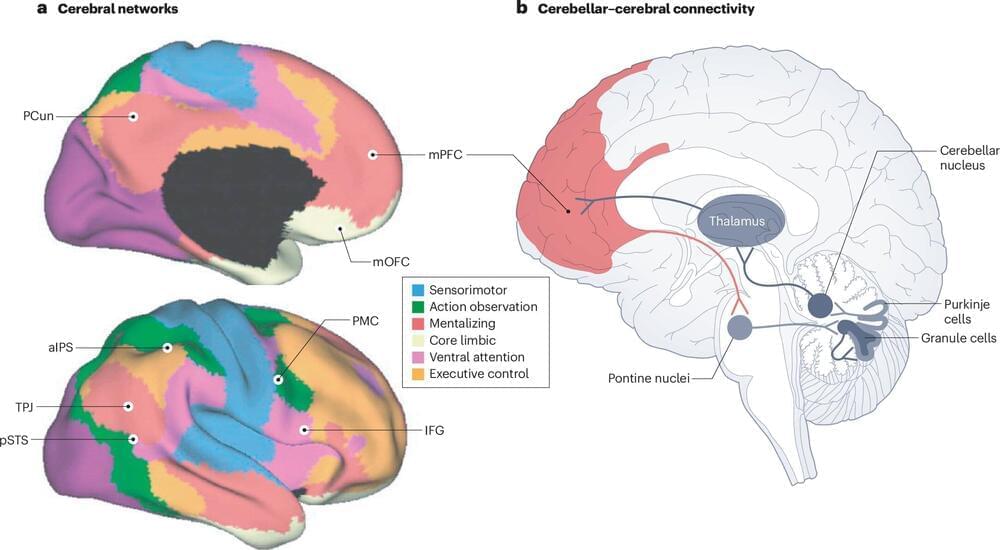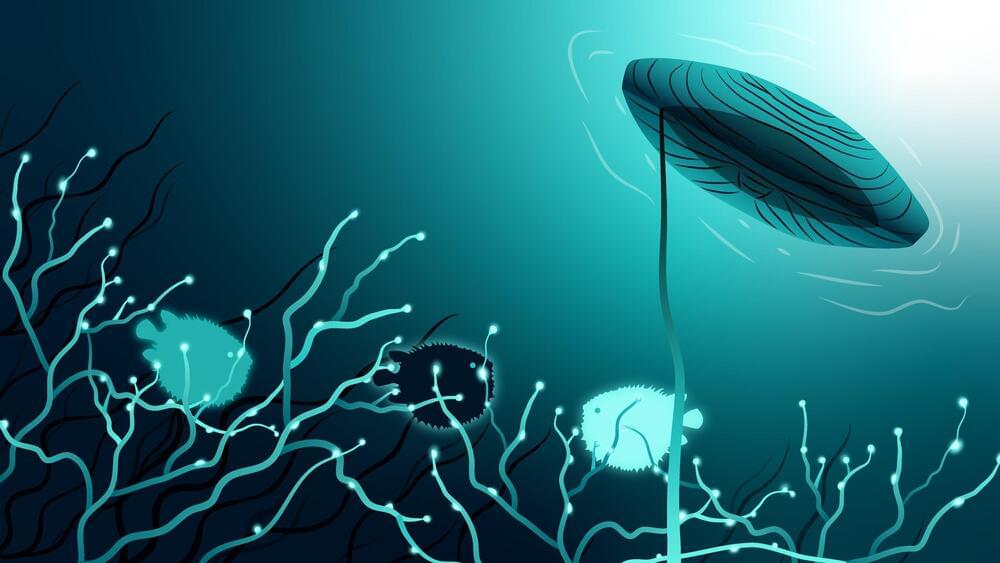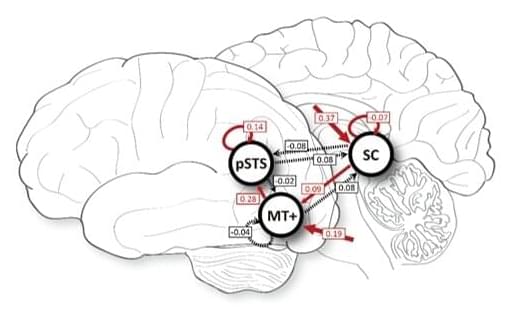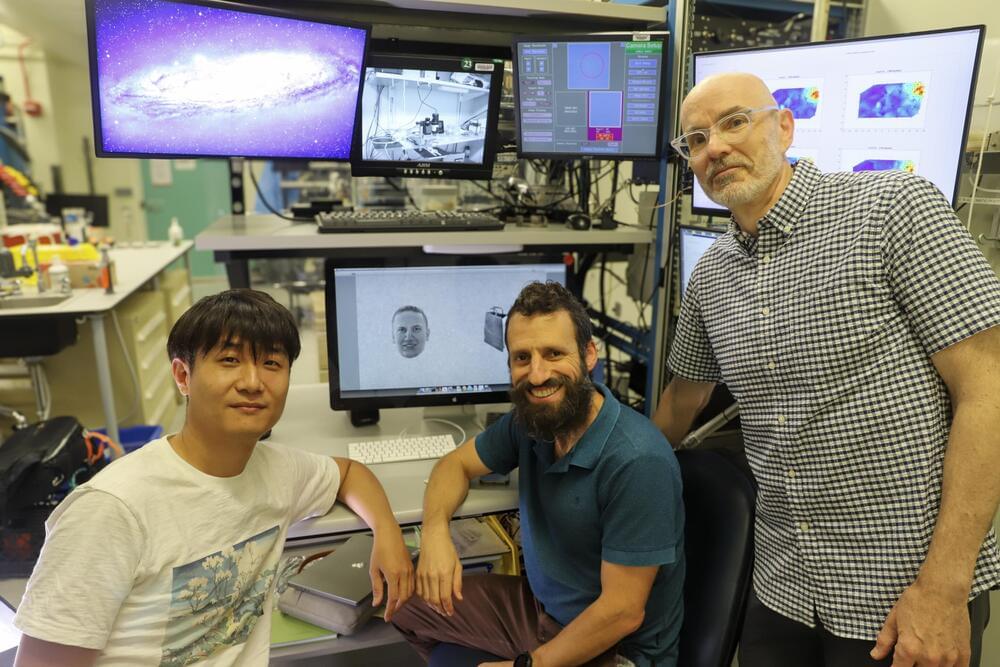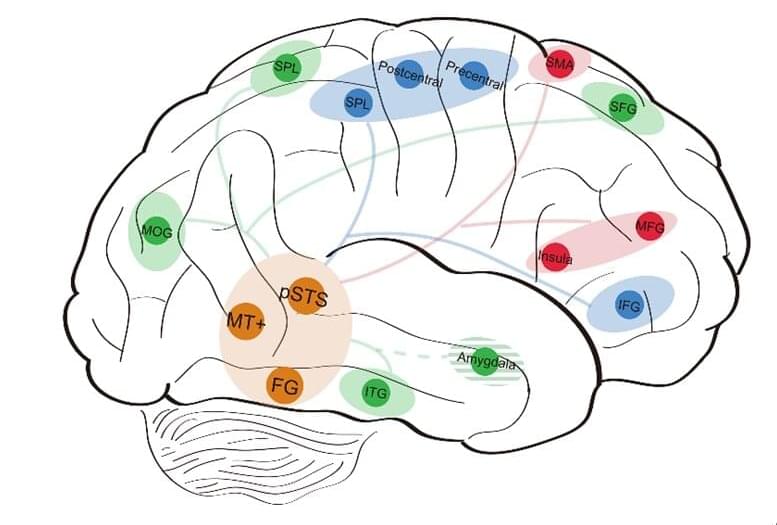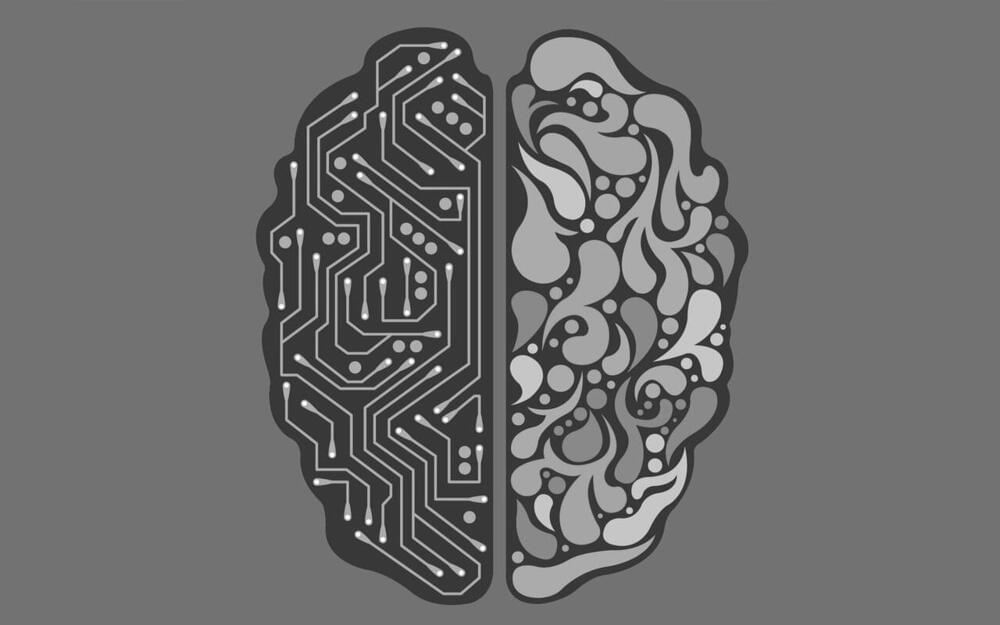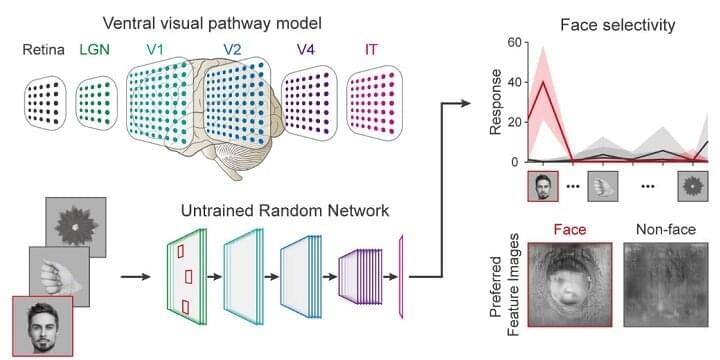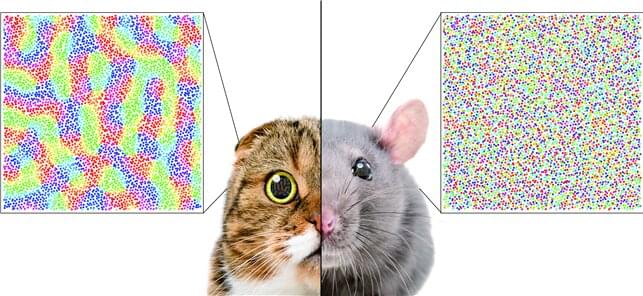Nov 23, 2024
Research highlights crucial role of cerebellum in social and cognitive functioning
Posted by Dan Breeden in category: neuroscience
In a recent publication in Nature Reviews Neuroscience, Professor Frank Van Overwalle, from the Brain, Body and Cognition research group at the Vrije Universiteit Brussel (VUB), sheds light on the often-overlooked role of the cerebellum in both motor and social-cognitive processes. His research contributes to a growing shift in the field of neuroscience, which has traditionally focused on the cerebrum.
For decades, the cerebellum was primarily associated with motor coordination. “People with cerebellar abnormalities often experience motor issues,” Van Overwalle explains. “For example, they struggle to smoothly touch their nose with a finger. These difficulties highlight the cerebellum’s essential role in refining motor movements.”
However, Van Overwalle’s research extends beyond motor functions, exploring the cerebellum’s involvement in social and cognitive abilities. His findings reveal that abnormalities in the cerebellum not only lead to motor deficits but are also linked to emotional and behavioral disorders. He references research on individuals with autism, demonstrating how non-invasive brain stimulation techniques like magnetic stimulation can improve social task performance.
